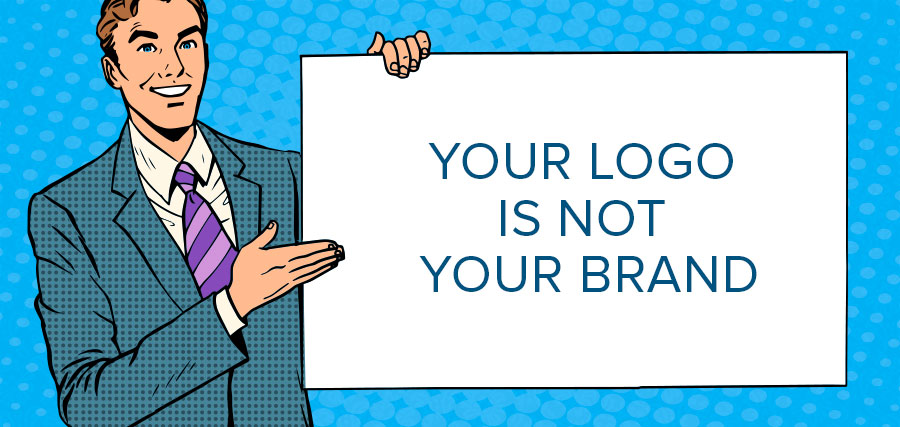Contrary to popular belief, your logo is NOT your brand. It is however a visual representation of what your company or business represents—their values, their positioning and the experience they deliver to their customer. The logo is an identifier that reminds people what the brand is. The brand is what keeps people coming back for more because of the experience it provides. The logo/identity is only one facet of the brand, and the identity has many facets in and of itself.
Before diving into the identity system, it is important to know what your positioning is. Positioning is basically a mission statement of what your company will provide to your target market and how it will affect their lives. For example, the main positioning statement for Coke is to “refresh the world”. Their corporate identity supports their mission. Once you know what the positioning or mission is, you can build your identity to help support it. This is only one facet of your whole brand strategy.
A strong and basic identity system should have the following components. This will give you an idea of how it fits into the broader picture of a brand.
Elements of a strong Identity system:
- Logo– The logo is a visual representation of your company and what it delivers. It is usually the customer’s first contact with a brand so it should be powerful and it should differentiate you with your competition. It could be as simple as a typeface or it could incorporate symbolism that is used to support the brand promise. What ever you decide to use, you shouldn’t skimp on this part of the process as this is the single most often used part of the identity and can have significant impact on how customers perceive your company.
- Fonts/colors – Fonts and colors further support a brand. The fonts can have an impact on how the tone of the copy is perceived. Colors also support a brand in that they evoke emotion. There is a lot of psychology that can go into color and font selection, which I will get into in another post. Just know that font and color choice can have a significant impact on the success of the identity system so there should be ample thought and research when building an identity.
- Photography/Illustration– These visual elements can have a strong impact on how your brand is perceived. Does the photography or illustration support the brand mission? For example, do you provide widgets that make children laugh thus making their lives happier? If so, then your photography should represent that in some way. It could be literally or stylistically.
- Writing style/tone of copy– The tone of your copywriting can have a huge impact on the brand. For example, does your company provide security systems to keep your children safe? Then your copy would probably be geared towards parents and would have a rather serious tone.
- Design and design elements – This is the visual style of your supporting materials that represent the company or a specific campaign of the company. These elements could be a recurring graphic(s) or textures. It could be a pattern that is used to support the brand. There are no limits to what you can do as long as the design supports the brand mission. For example, if you are a balloon company, your design could and should be fun and colorful. It wouldn’t make sense to have a Techy design to it. This is just an example, not a rule.
Once all of your identity components are done and ready for prime time, you should have a Brand Guidelines document. This is a document that explains what all the elements of the identity are, and how they should be used in various applications. It could be as simple as what versions of the logo are available and what colors and fonts to use. Or, it can be as detailed as saying the logo should only be placed ¼ inch away from anything. It could even specify how much spacing there should be between lines of copy. However simple or detailed the guidelines are, this establishes a consistency that can be used by anyone, anywhere. As a result, the brochure your graphic designer creates will have the same look and feel as the website your web designer creates. The brand guidelines should always be adhered to in whatever medium you or other vendors are working on. This adherence to consistency is hallmark into creating a successful and effective identity.
Questions? Comments? Experiences? Let me know in the comments below.

